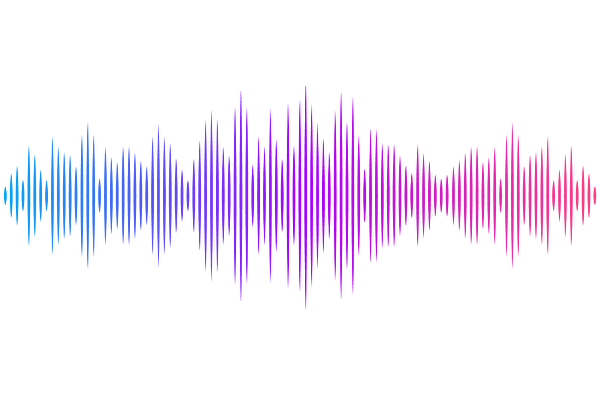Chromosomal instability shapes the tumor microenvironment of esophageal adenocarcinoma via a cGAS-chemokine-myeloid axis

Chromosomal instability shapes the tumor microenvironment of esophageal adenocarcinoma via a cGAS-chemokine-myeloid axis
Beernaert, B.; Jady-Clark, R. L.; Shah, P.; Ramon-Gil, E.; Lawson, N. M.; Brodtman, Z. D.; Tagore, S.; Stihler, F.; Carter, A. S.; Clarke, S.; Liu, T.; Zhu, W.; Erdal, E.; Easton, A.; Campo, L.; Browne, M.; Ash, S.; Waddell, N.; Crosby, T.; Lord, S. R.; Mann, D. A.; Melero, I.; de Andrea, C. E.; Tijhuis, A. E.; Foijer, F.; Hammond, E. M.; Akdemir, K. C.; Leslie, J.; Izar, B.; Parkes, E. E.
AbstractChromosomal instability (CIN), a characteristic feature of esophageal adenocarcinoma (EAC), drives tumor aggressiveness and therapy resistance, presenting an intractable problem in cancer treatment. CIN leads to constitutive stimulation of the innate immune cGAS-STING pathway, which has been typically linked to anti-tumor immunity. However, despite the high CIN burden in EAC, the cGAS-STING pathway remains largely intact. To address this paradox, we developed novel esophageal cancer models, including a CIN-isogenic model, discovering myeloid-attracting chemokines - with the chemokine CXCL8 (IL-8) as a prominent hit - as conserved CIN-driven targets in EAC. Using high-resolution multiplexed immunofluorescence microscopy, we quantified the extent of ongoing cGAS-activating CIN in human EAC tumors by measuring cGAS-positive micronuclei in tumor cells, validated by orthogonal whole-genome sequencing-based CIN metrics. By coupling in situ CIN assessment with single-nucleus RNA sequencing and multiplex immunophenotypic profiling, we found tumor cell-intrinsic innate immune activation and intratumoral myeloid cell inflammation as phenotypic consequences of CIN in EAC. Additionally, we identified increased tumor cell-intrinsic CXCL8 expression in CINhigh EAC, accounting for the inflammatory tumor microenvironment. Using a novel signature of CIN, termed CINMN, which captures ongoing CIN-associated gene expression, we confirm poor patient outcomes in CINhigh tumors with signs of aberrantly rewired cGAS-STING pathway signaling. Together, our findings help explain the counterintuitive maintenance and expression of cGAS-STING pathway components in aggressive, CINhigh tumors and emphasize the need to understand the contribution of CIN to the shaping of a pro-tumor immune landscape. Therapeutic strategies aimed at disrupting the cGAS-driven inflammation axis may be instrumental in improving patient outcomes in this aggressive cancer.